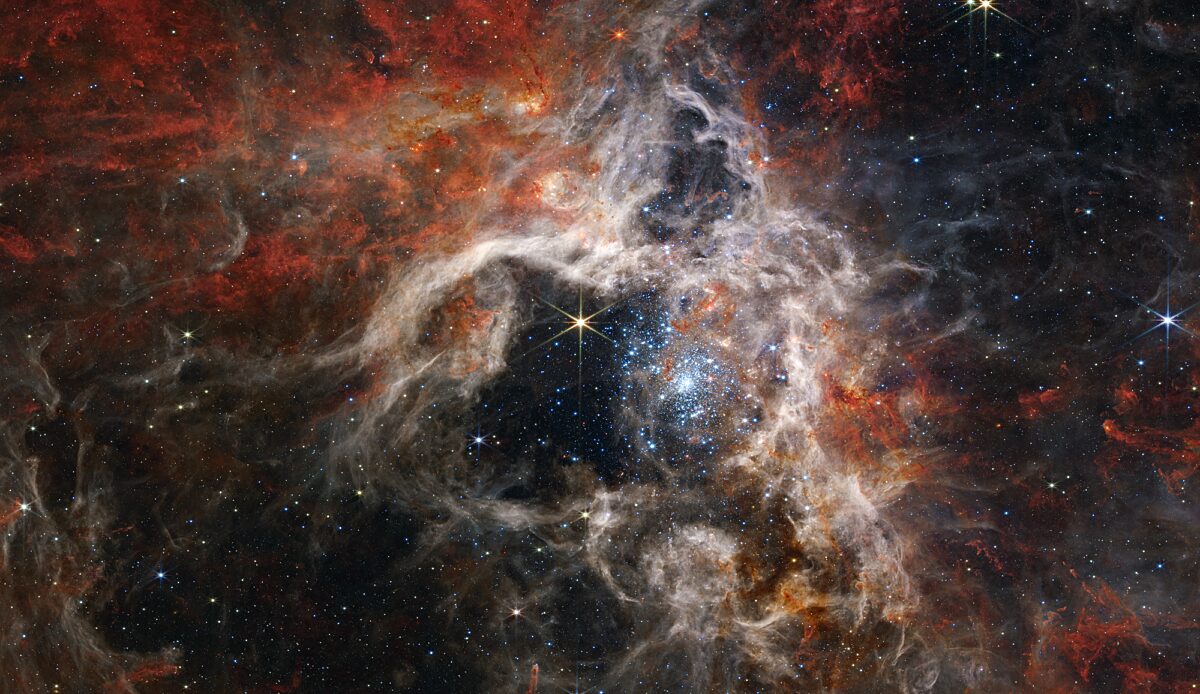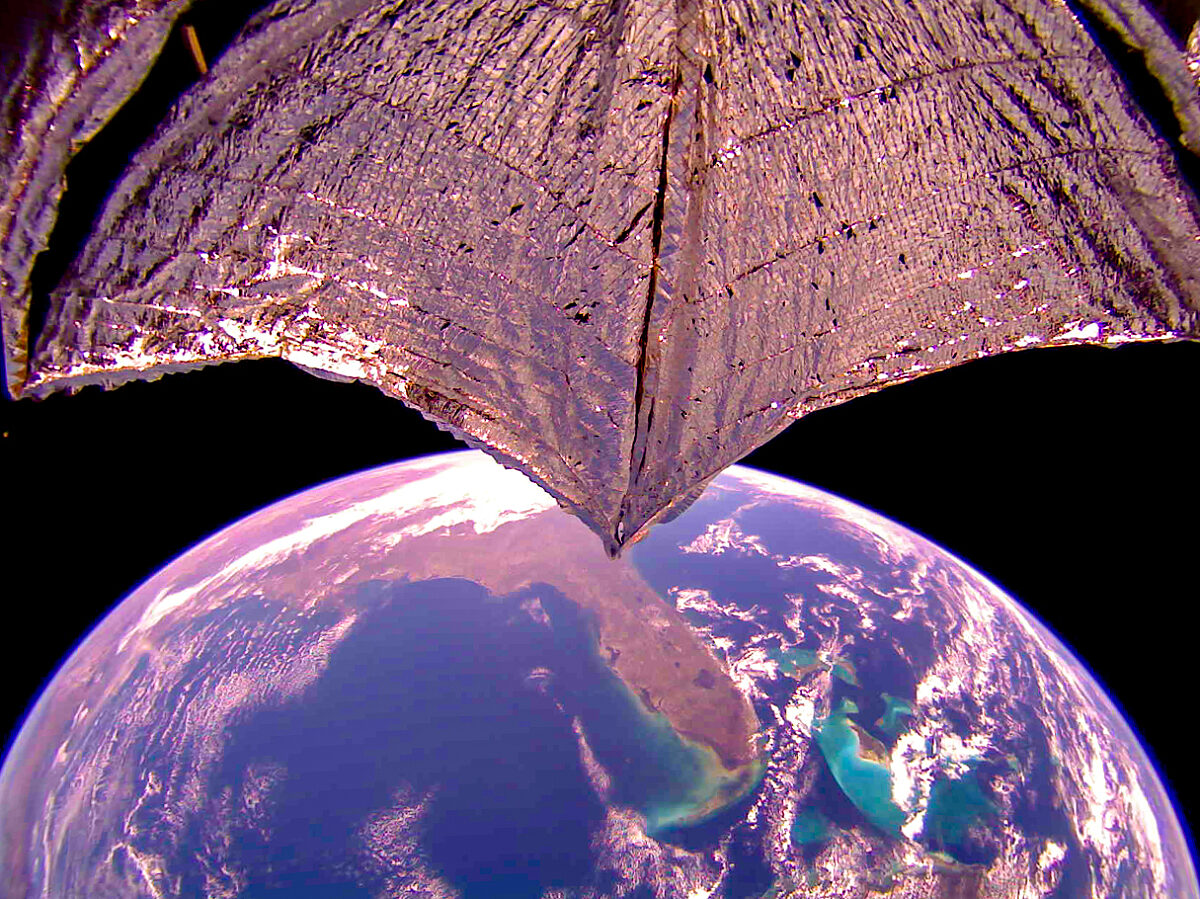The year in pictures: 2022
Spacecraft, telescopes, and rovers are our eyes throughout the Solar System. Thanks to them, the Cosmos has never felt closer.
In 2022, we revisited familiar vistas with a new lens and spotted phenomena previously considered science fiction. This year, the James Webb Space Telescope (JWST) began to “unfold the Universe” as promised, peering billions of years back into the heart of distant galaxies. Juno, Perseverance, BepiColombo, and other missions continued to beam back images of the worlds within our cosmic neighborhood, sparking new ideas and questions about them.
NASA’s DART mission was a first-of-its-kind planetary defense effort that ground- and space-based telescopes — as well as a lone CubeSat — were able to capture in stunning detail. These pictures allow us to preserve that historic moment in which a spacecraft intentionally collided with an asteroid’s moon.
Though there are so many remarkable space images from which to choose this year, we’ve selected a few of our very favorites. They are so much more than pretty pictures; they are a testament to what is possible when people work to realize a dream together — a steadfast reminder of what Carl Sagan called the “star stuff” that binds us to one another.
















Support our core enterprises
Your support powers our mission to explore worlds, find life, and defend Earth. You make all the difference when you make a gift. Give today!
DonateThe Planetary Report • December Solstice
Help advance space science and exploration! Become a member of The Planetary Society and you'll receive the full PDF and print versions of The Planetary Report.


 Explore Worlds
Explore Worlds Find Life
Find Life Defend Earth
Defend Earth


